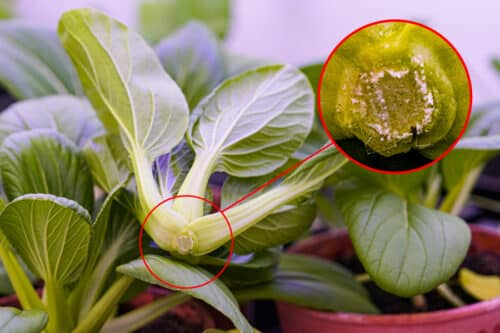The use of needles to put melatonin into plants helps them stay fresh longer and slows yellowing. This could keep food from spoiling without a fridge.

We’ve all felt bad when fruits and vegetables spoil before we can eat them. Researchers from MIT and the Singapore-MIT Alliance for Research and Technology (SMART) found a way to extend the life of harvested plants by injecting melatonin using microneedles. They believe this method could complement or replace refrigeration. Their silk microneedle patches pierce plant skin without harm and deliver melatonin inside.
To test this, researchers studied how well microneedles deliver melatonin, a hormone that affects aging and is found in plants and humans. Pak choy is harvested by cutting it from the roots, exposing the shoot base, which gives access to the vascular system that moves water and nutrients.
First, they injected dye into the pak choy base to confirm the vascular system spreads substances throughout the plant. Next, they compared the shelf life of untreated pak choy and plants sprayed or dipped in melatonin, finding no difference. Then, they applied melatonin-filled microneedle patches to pak choy bases and stored treated and control plants at room temperature and in the fridge.
They monitored weight, appearance, and chlorophyll levels—a pigment that fades as plants age. At room temperature, untreated plants yellowed in two to three days and were unsellable by day four. Treated plants stayed green on day five, with slower yellowing, weight loss, and chlorophyll decline, lasting saleable until about day eight. In the fridge (~40°F), yellowing delayed about five days; treated plants stayed green until day 25.
Microneedles could reduce waste better than methods like spraying or dipping crops, but more work is needed to use them on a large scale. In this study, researchers applied the patches by hand, but in the future, machines like tractors and drones could do this. The team plans to test different hormones on various crops using this microneedle method. They believe it can work for all types of produce.








